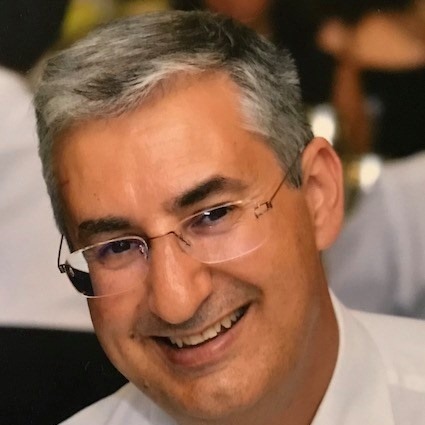Degree: Doctor
Affiliation(s):
CIQUP
Bio
Pedro M. S. M. Rodrigues (Pedro Rodrigues) completed his PhD in Chemistry in 2008 from the University of Porto, Faculty of Science. He also obtained a Master’s in Chemistry in 2001 and a degree in Biochemistry in 1992, both from the Faculty of Science and Technology at the University of Coimbra. Pedro has been serving as an adjunct professor at the Polytechnic Institute of Guarda since 1993 and has been leading the Laboratory of Monitoring and Investigation in Environment (LABMIA) since 2010. Since 1993, he has been deeply involved in analytical work in the environmental field, conducting quality control through physical-chemical and microbiological analysis of water, soil, leaf, and air, among other substances. Pedro has extensive laboratory experience with various analytical techniques, including spectroscopy (atomic absorption, UV-vis, FTIR), chromatography (gas and HPLC), potentiometry, and several microbiological methods. In recent years, Pedro has directed his focus towards managing and treating urban solid waste and promoting environmental sustainability. He has also contributed to the academic community through the publication of 16 journal articles and 1 book and has been honored with one award (July 2024).
Projects
This CIQUP member does not yet have any projects linked with him.Publications
Showing 5 latest publications. Total publications: 19
Show all publicationsReview, Indexed in: crossref, scopus, wos DOI: 10.3390/microplastics3010006
 P-010-A4H
P-010-A4H
Unpublished, Indexed in: crossref DOI: 10.20944/preprints202402.0327.v1
 P-010-A4P
P-010-A4P
Review, Indexed in: authenticus, crossref, wos
 P-010-A4T
P-010-A4T
Proceedings Paper, Indexed in: crossref, scopus DOI: 10.1201/9781003345084-25
 P-010-2ZR
P-010-2ZR
Article, Indexed in: crossref, scopus DOI: 10.31025/2611-4135/2024.19442
 P-017-YRK
P-017-YRK

